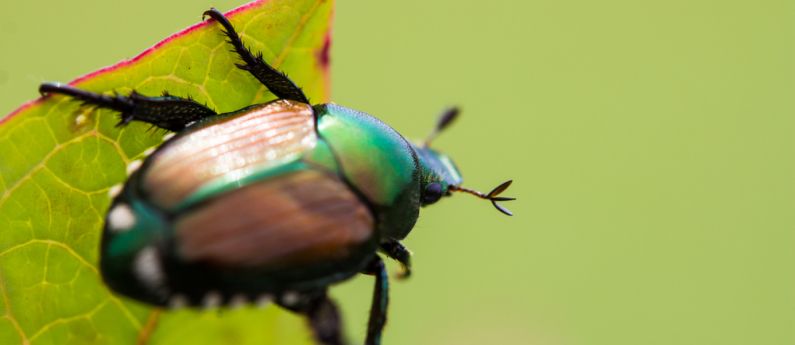Japanese beetles have been one of the most troublesome backyard insect pests in the Eastern and Upper Midwest regions of the U.S. since they hitched a ride on a container of ornamental plants from Japan in 1916.
Catching these pests, which feed on and destroy nearly every key feature in a landscape, is vital to maintaining a healthy garden, saving money on replanting, and most importantly, sparing homeowners from the insanity caused by their damage.

While Japanese beetles are universally despised, opinions differ on the best way to battle them. Options range from pesticides to picking them off by hand. However, according to an expert on the subject, pheromone traps are the most effective, environmentally friendly method of combating Japanese beetles.
For 35 years, Dr. Michael Klein was a research entomologist at the USDA's Agricultural Research Service (ARS) lab, specializing in garden insects. Japanese beetles are his area of expertise. Over the years, he has used pheromone traps to protect the prized rose bushes and other plants in his own back yard.
Dr. Klein says the myths about Japanese beetle traps are misconceptions and offers these three "myth busters" to help gardeners win the battle against beetles:
Myth #1: Traps lure Japanese beetles from miles around.
Wrong! The facts: Most attractants lure beetles from no more than 200 yards, says Dr. Klein. Japanese beetles, however, are strong fliers and travel several miles, touching down at random intervals to see what's available for a meal. If your yard looks attractive, they will come in for a landing on your plants -- unless you have a trap to intercept them. The traps only lure beetles that are already in flight near the yard. The one place traps could be a problem is around the edge of a golf course or other large turf area, Dr. Klein says, but not in your average yard.
Myth #2: Traps make the problem worse by luring more beetles than they catch.
Wrong! The facts: This is the biggest misconception in Japanese beetle history. The problem occurs when traps are placed incorrectly. If next to a rose bush, a large number of beetles will be lured to that area, and some may land on the roses rather than in the trap.
Dr. Klein offers these tips for using Japanese beetle traps effectively:
• Enlist your neighbors to battle the beetles, too. Traps are effective in one yard alone, but when neighbors band together and put out traps in their yards, the overall beetle numbers are greatly reduced. Consider it a "neighborhood watch" for garden invaders!
Myth #3: Pesticides are safe to use on Japanese beetles.
So wrong! The facts: Insecticides work on adult beetles, but they also kill beneficial insects such as honeybees. Traps offer safe and "green" alternatives to chemical sprays targeting these bugs. Dr. Klein maintains, "Lure traps provide a visible means of combating a Japanese beetle problem without having a negative effect on the environment."
This summer, spend fewer hours hand-picking beetles and properly hang a pheromone trap. Then enjoy the garden and watch as beetles pile up and your plants are protected.

The RESCUE! Japanese & Oriental Beetle Trap, backed by years of research, slowly releases a natural pheromone over 8 weeks, while competitors' traps start with a stronger plume and burn off more quickly.
The one-season Reusable RESCUE! Japanese & Oriental Beetle Trap's zippered bottom allows beetles to be easily discarded if the bag fills up before the season is over. Made of highly durable, double-layered nylon, the bag withstands bad weather and the test of time. The all-in-one design, welded construction and capacity for holding a large number of beetles make it ideal for home gardens.
"Use the traps and you'll be happy with them," exclaims Dr. Klein. "Nine out of ten homeowners who use a bag trap are satisfied with the results. Whether it's because revenge is sweet or because they are actually seeing fewer beetles is irrelevant!"
The RESCUE! trap is also the only trap to catch an additional pest: Oriental beetles. These relatives of the Japanese beetle damage the roots of turfgrass, fruit and ornamental plants, and they only fly at night -- making hand-picking nearly impossible.
So there you have it: Myths busted and facts prove the case for pheromone traps... specifically the RESCUE! Japanese & Oriental Beetle Trap!


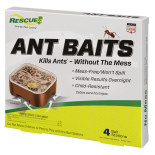 Ant Baits
Ant Baits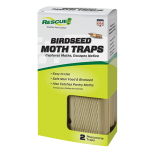 Birdseed Moth Trap
Birdseed Moth Trap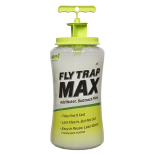 Fly Trap Max
Fly Trap Max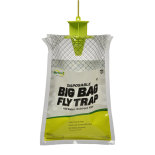 Fly Trap, Big Bag
Fly Trap, Big Bag 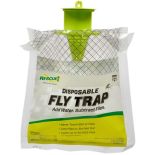 Fly Trap, Disposable
Fly Trap, Disposable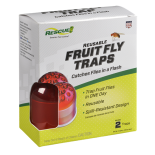 Fly Trap, Fruit Fly
Fly Trap, Fruit Fly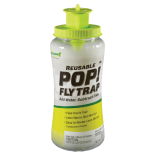 Fly Trap, POP! Fly
Fly Trap, POP! Fly 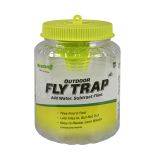 Fly Trap, Reusable
Fly Trap, Reusable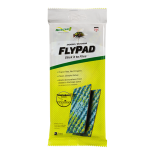 FlyPad
FlyPad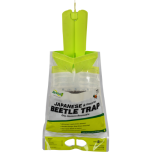 Japanese & Oriental Beetle Trap
Japanese & Oriental Beetle Trap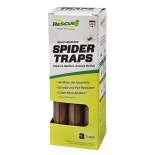 Spider Trap
Spider Trap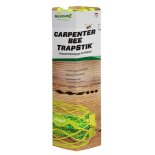 TrapStik, Carpenter Bee
TrapStik, Carpenter Bee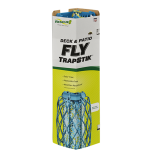 TrapStik, Deck & Patio Fly
TrapStik, Deck & Patio Fly 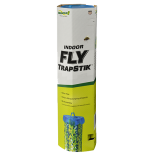 TrapStik, Indoor Fly
TrapStik, Indoor Fly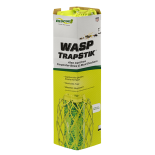 TrapStik, Wasp
TrapStik, Wasp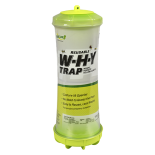 W·H·Y Trap for Wasps, Hornets & Yellowjackets
W·H·Y Trap for Wasps, Hornets & Yellowjackets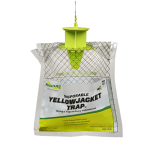 Yellowjacket Trap, Disposable
Yellowjacket Trap, Disposable 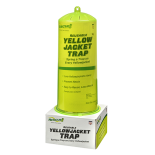 Yellowjacket Trap, Reusable
Yellowjacket Trap, Reusable 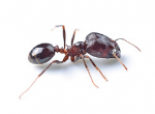 Ants
Ants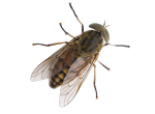 Biting Flies
Biting Flies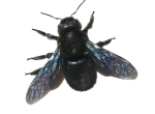 Carpenter Bees
Carpenter Bees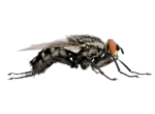 Flies
Flies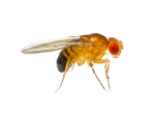 Fruit Flies
Fruit Flies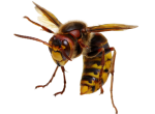 Hornets
Hornets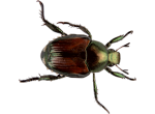 Japanese Beetles
Japanese Beetles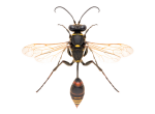 Mud Daubers
Mud Daubers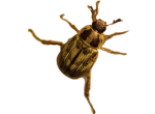 Oriental Beetles
Oriental Beetles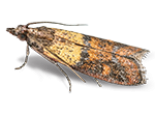 Birdseed & Pantry Moths
Birdseed & Pantry Moths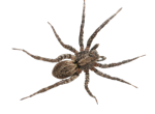 Spiders
Spiders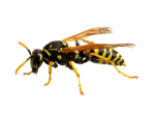 Wasps
Wasps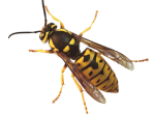 Yellowjackets
Yellowjackets